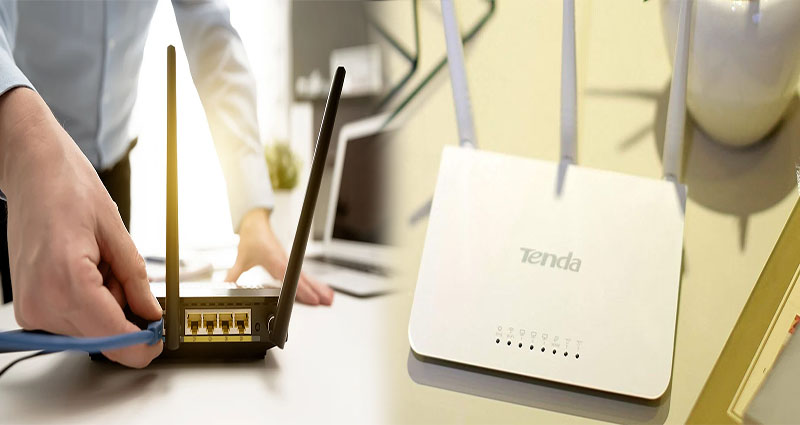Optimizing Speed and Signal Strength in Dual-Band WiFi Routers for Large Homes
In today’s connected world, having a reliable and fast internet connection is essential. For large homes, it can be a challenge to achieve optimal speed and signal strength throughout the entire space. However, with the right knowledge and techniques, you can optimize your dual-band WiFi router to deliver a seamless and high-performance wireless network. In this article, we will explore the best practices for optimizing speed and signal strength in dual-band WiFi routers for large homes.
Understanding Dual-Band WiFi Routers
Before diving into optimization techniques, let’s first understand what a dual-band WiFi router is. Dual-band routers operate on two different frequency bands: 2.4 GHz and 5 GHz. The 2.4 GHz band provides a longer range but can be more crowded due to its popularity, resulting in potential congestion and slower speeds. On the other hand, the less crowded 5 GHz band offers faster speeds but has a shorter range.











